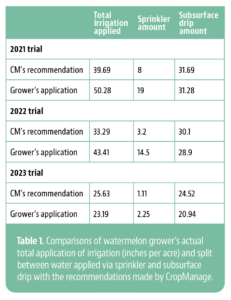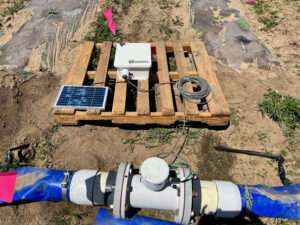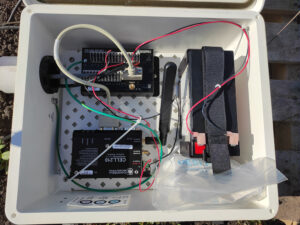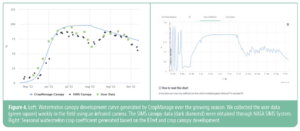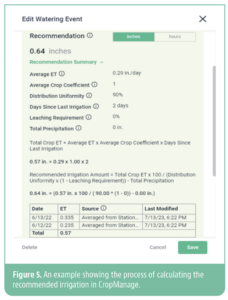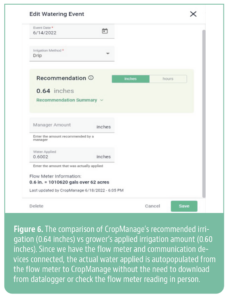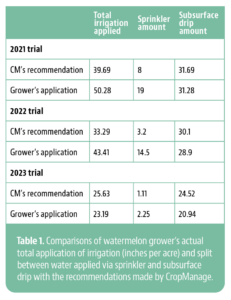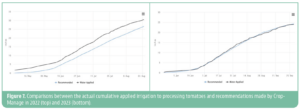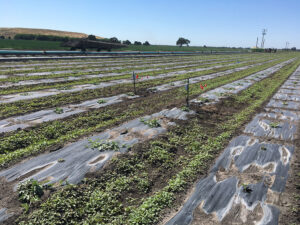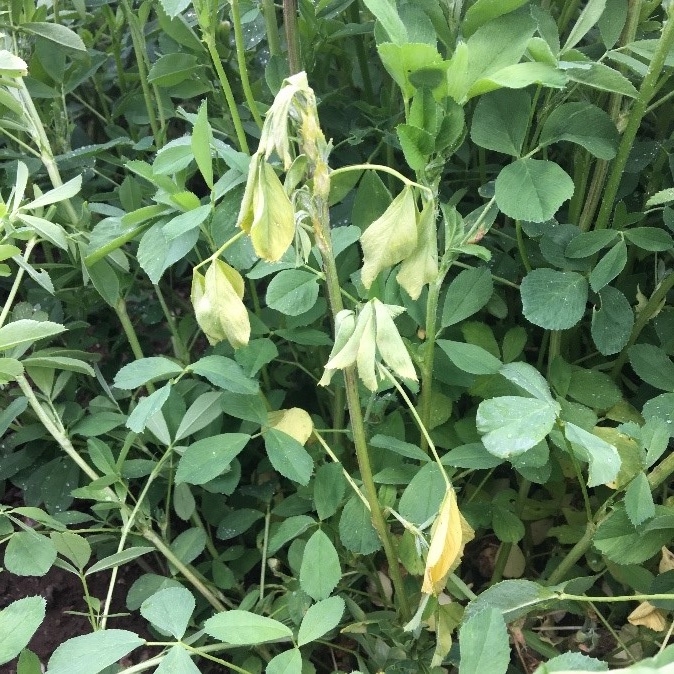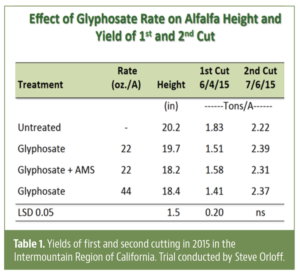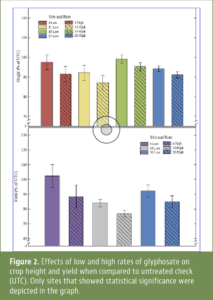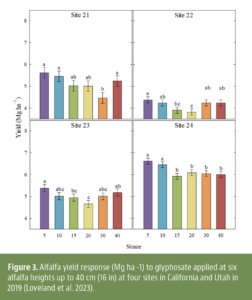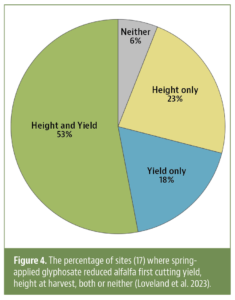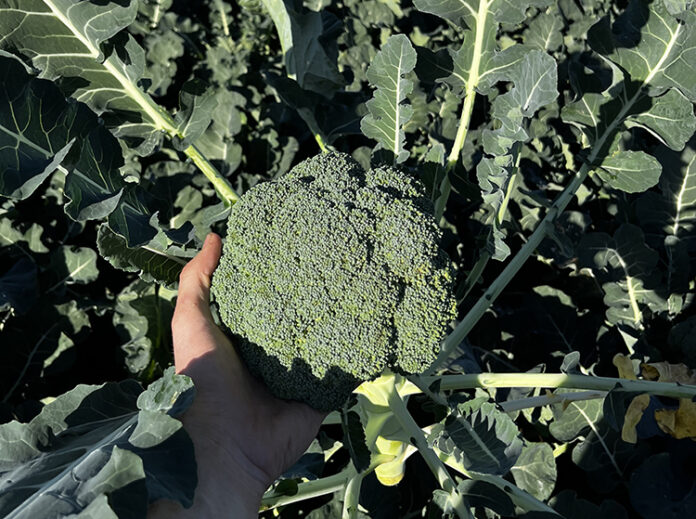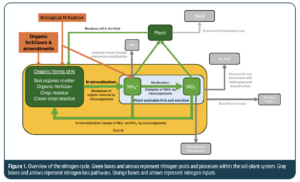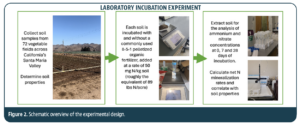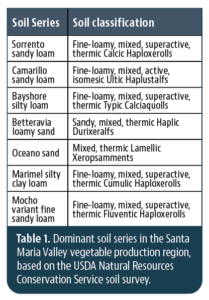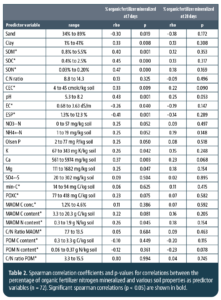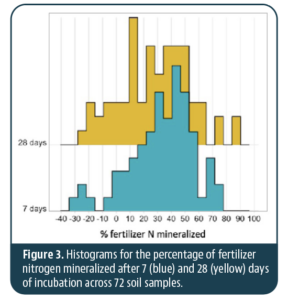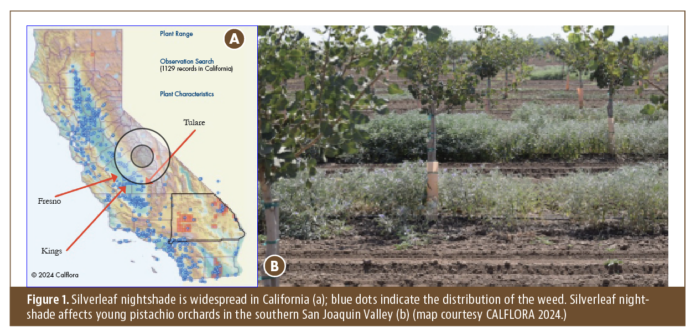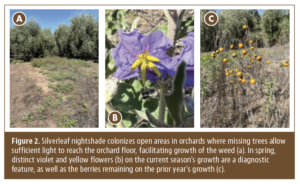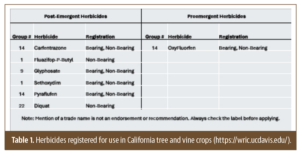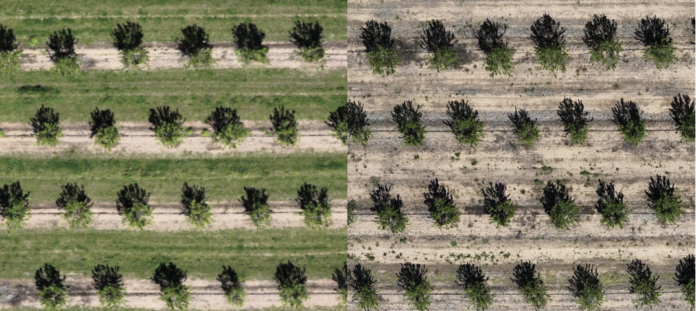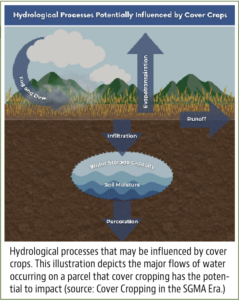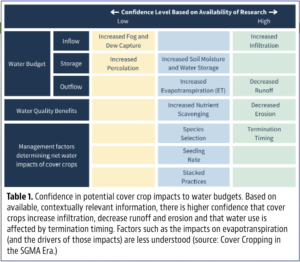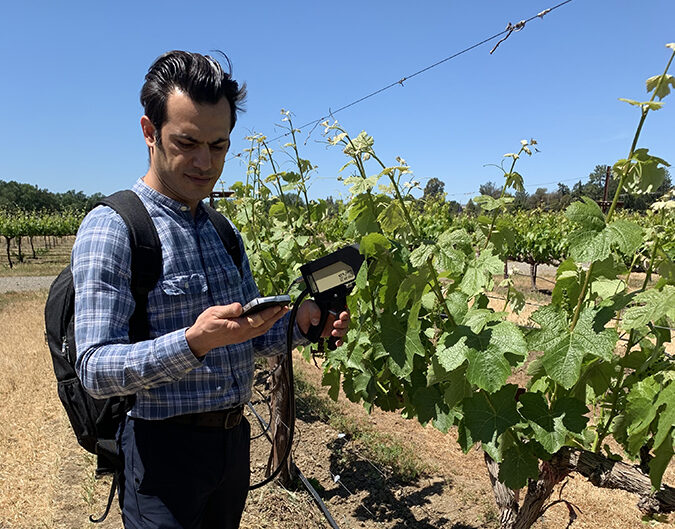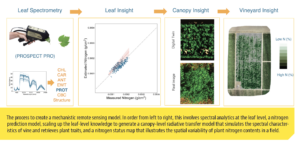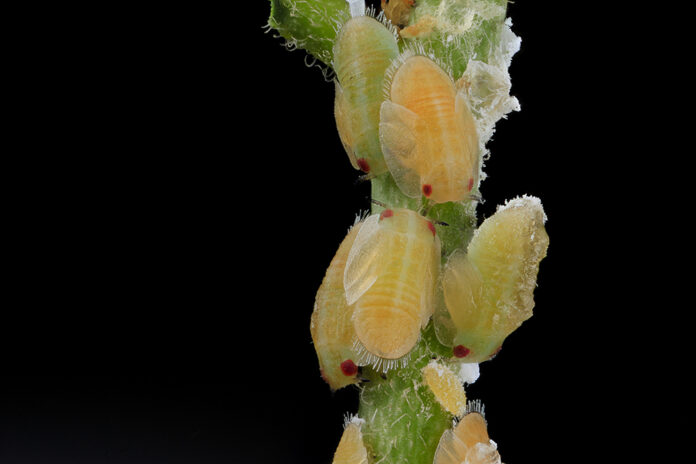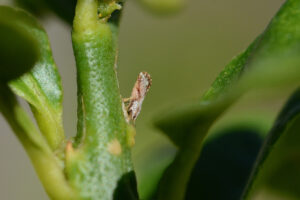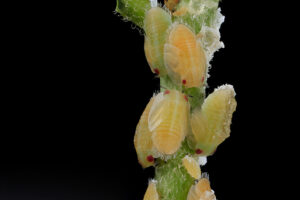Barn owls (Tyto alba) are birds of prey known for their heart-shaped faces and eerie, yet captivating, screeches in the night. These nocturnal hunters play a crucial role in ecosystems worldwide by helping to control rodent populations, making them invaluable allies for growers seeking effective, sustainable and natural pest management against gophers, voles and field mice.
One of the most striking features of barn owls is their exceptional hearing and vision, which allow them to hunt effectively in low light conditions. Their keen sense of hearing is aided by facial discs that funnel sound to their asymmetrical ears, enabling them to pinpoint the slightest rustle of prey in the darkness. Additionally, their feathers are uniquely designed to muffle the sound of their flight, allowing them to approach prey silently, making them highly efficient hunters.
The Gopher Problem: A Closer Look
Gophers, along with voles and field mice, are notorious for their extensive tunneling activities, which can cause significant damage to crops. One of the problematic issues gophers create in row crop farming (i.e., tomatoes) is chewing through subsurface irrigation hoses. These hoses are vital for delivering precise amounts of water to crops, ensuring they receive the moisture needed for optimal growth. When gophers chew through these hoses, it can lead to uneven watering, water wastage and even crop failure. The cost of repairing or replacing damaged irrigation systems can be substantial, adding to the financial burden on growers.
In addition to damaging irrigation systems, gophers pose a severe threat to young almond and pistachio trees. These trees are particularly vulnerable in their early stages of growth when their root systems are not fully developed. Gophers chew through the roots and bark, disrupting the flow of nutrients and water, ultimately leading to the death of the trees. This not only affects the current crop yield but also has long-term implications for the orchard’s productivity. The loss of young trees means additional expenses for replanting and lost time waiting for new trees to mature and start producing.
Traditional Pest Control Methods: Challenges and Drawbacks
Traditionally, growers have relied on methods such as traps and poisons to control gopher populations. While these methods can be somewhat effective, they come with significant drawbacks. The most significant drawback to trapping is the cost of this activity. Trapping requires constant monitoring and maintenance, making them labor-intensive and costly over time. Poisons, well, California doesn’t like us to use them, so the formulations are becoming softer and softer. Moreover, these methods do not address the root of the problem and can lead to a cycle of constant management without achieving a sustainable solution.
Barn Owls: A Sustainable and Effective Solution
Barn owls primarily feed on small mammals such as gophers, voles and field mice, which coincidentally make them ideal for controlling agricultural pests. A single barn owl family can consume up to 60 pounds of rodents in a year. Consultants should consider recommending growers to consider installing barn owl boxes in their fields immediately for several reasons.
Firstly, Barn owls simply kill to survive. No other gopher management method can compete with a barn owl family’s need to eat and properly nourish the two to six owlets in the nesting box. This unique need is what makes barn owls stand out from all other gopher management methods; it’s where their magic lies. Secondly, they save money on irrigation repair and reduce payroll. Thirdly, managing barn owl nesting boxes is easy. It’s like cooking with a crockpot; ‘set it and forget it!’ They require minimal time and money to maintain.
To get barn owls working ASAP, simply install specially designed nesting boxes. After installation, these nesting boxes will attract male barn owls first. After some necessary courting, he will attract a female, and then we’re off to the races. These nesting boxes mimic the natural hollows of trees where barn owls typically nest, providing them with a safe and secure place to raise their young. By installing these boxes, we’re encouraging them to take up residence on the farm and build a community of barn owls that will prey on rodents night after night.
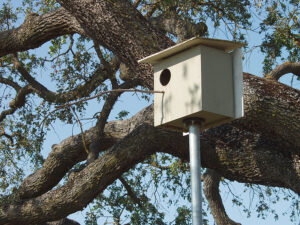
Installing Barn Owl Boxes
To effectively utilize barn owls for pest control, growers need to install suitable nesting boxes in strategic locations. These boxes should be placed on poles (stick with steel, it’ll last as long as the box, or longer.) Wood poles will disappoint you in the coming years, I promise. It’s essential to ensure boxes are placed at a height of 10 to 12 feet off the ground. Growers should also make sure the entrance hole is facing away from prevailing winds to keep the interior dry and comfortable for the owls.
Maintaining the boxes is relatively straightforward. Growers should check them periodically (annually, or at least every other year) to ensure the owl pellets from the previous year are cleaned out. Cleaning the boxes once a year, typically before the breeding season occurs in late December to early January, helps encourage owls to return and use the boxes for nesting.
Success Stories and Benefits
Growers report significant benefits from using barn owls for gopher control. For example, a vineyard in California saw a dramatic reduction in gopher damage to their vines after installing several barn owl boxes. The owls quickly took up residence and began hunting the gophers, leading to healthier vines. In another case, an almond orchard experienced fewer young tree losses and reduced irrigation system damage thanks to the presence of barn owls. Other growers report having less gopher mounds in their almond orchards, reducing their need to replace mower cups and blades and saving them money.
Beyond pest control, the use of barn owls also contributes to a farm’s sustainability goals. By reducing the need for chemical poisons and traps, growers can lower their environmental impact and promote a more natural balance within their agricultural systems. This approach aligns with the principles of regenerative farming, which emphasize working with nature to create resilient and productive landscapes.
Barn owls are remarkable birds, playing a vital role in controlling rodent populations and maintaining the health of agricultural ecosystems. By using barn owls for pest control, growers can reduce their reliance on chemical control, protect their crops and help to conserve these beautiful birds for future generations.
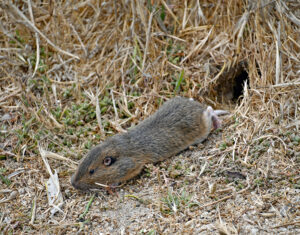
As growers and consultants seek cost-effective and sustainable ways to manage pests, the use of barn owls offers a promising solution. By leveraging the natural hunting abilities of these birds, growers can reduce gopher populations and mitigate the associated damage to crops and irrigation systems. This approach not only addresses an immediate problem but also supports the broader goals of sustainability and ecological health.
Encouraging the presence of barn owls on farms is a testament to the power of nature in solving agricultural challenges. It highlights the importance of working with, rather than against, natural processes to create productive and sustainable farming systems. As more growers adopt this method, it has the potential to transform pest management practices and contribute to a more resilient and thriving agricultural landscape.
P.S. Install one barn owl box per 10 acres for managing light to medium populations of gophers.
Nick Davis, MBA, is a PCA and CCA as well as owner of The Owl Box Company. He can be contacted at 559-352-8067 for questions on managing gophers easily and inexpensively.













